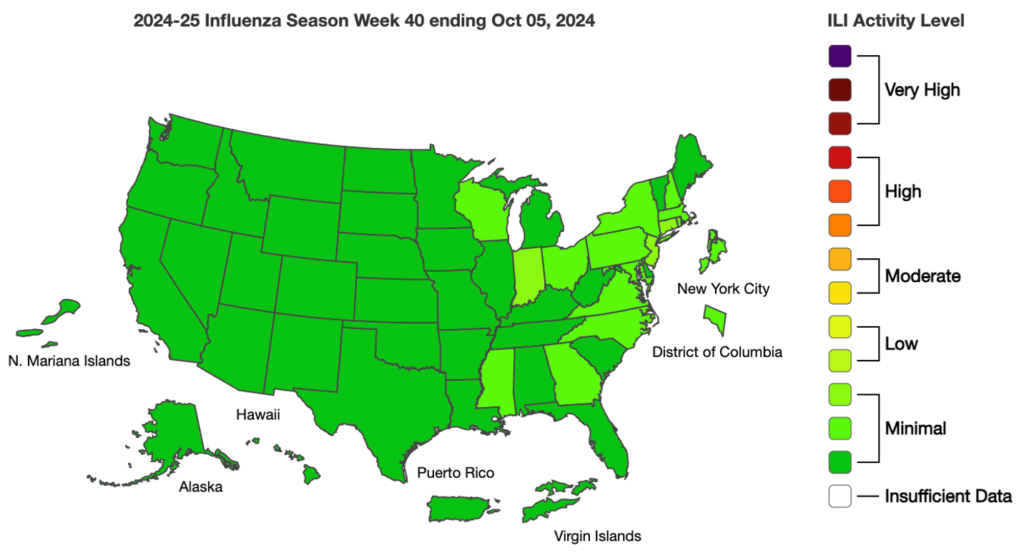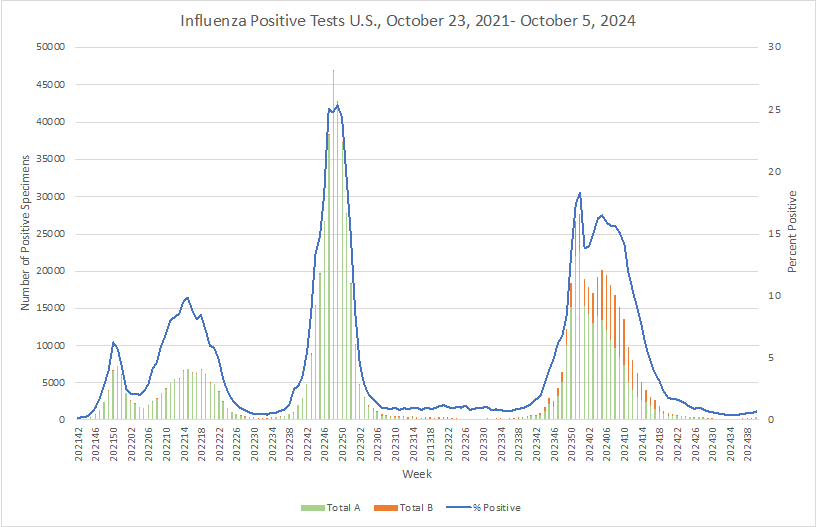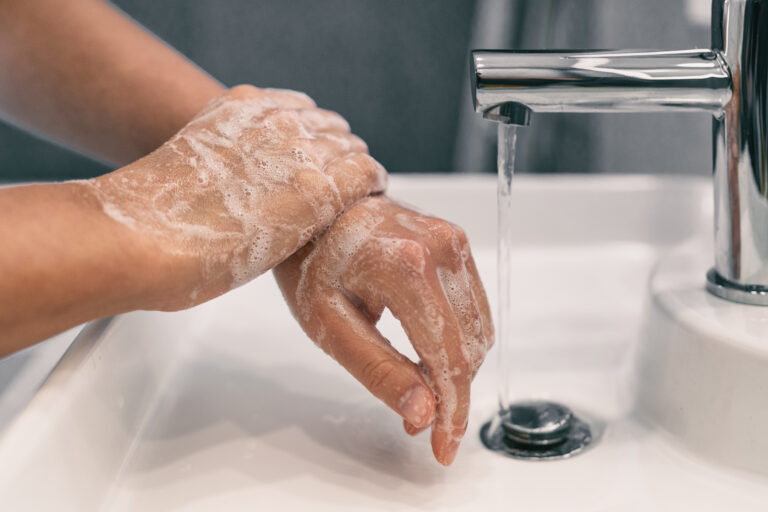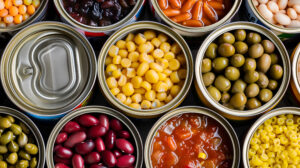From COVID and flu to norovirus and shigella, numerous viruses and diseases can be spread when infected persons do not sufficiently wash their hands. With many viruses being “in season,” bacterial diseases always a potential issue, and October 15 being Global Handwashing Day, it is a good week to remind workers of both the importance and proper techniques of handwashing.
In 2008, the international coalition, Global Handwashing Partnership (GHP), founded Global Handwashing Day to raise awareness about the importance of handwashing with soap and water. Today, government agencies, schools, and NGOs from more than 100 countries participate in the initiative, with annual themes changing to reflect current needs. The 2024 theme is particularly applicable to food facility training programs, as it asks “Why are clean hands still important?”
Viral and bacterial germs can get onto the hands of those with respiratory diseases (e.g., from coughing or sneezing into hands, wiping a runny nose, etc.) or bacterial diseases (e.g., from using the toilet, handling raw meats, touching a germy surface, etc.). If hands are not correctly washed afterward, the germs can be passed on to other people who can then become sick. While respiratory diseases pass primarily through contact or air droplets, bacterial diseases can also be passed to others when an infected person handles food that another person then eats.
CDC’s Handwashing Facts webpage follows the 2024 theme of not only listing the proper way to wash hands but also including the why. Following is a brief explanation of each, with more detail available on the webpage.
- Wet hands with clean, running water, turn off the tap, and apply soap
Why? Because hands could become re-contaminated if placed in a basin of standing water that has been contaminated through previous use, clean running water should be used. However, washing with non-potable water when necessary may still improve health.
- Lather hands by rubbing together with the soap; include backs of hands, between fingers, and under nails.
Why? Lathering and scrubbing hands creates friction, which helps lift dirt, grease, and microbes from skin. Microbes are present on all surfaces of the hand, often in particularly high concentration under the nails, so the entire hand should be scrubbed.
- Scrub hands for at least 20 seconds.
Why? While the optimal length of time for handwashing is likely to depend on many factors, including the type and amount of soil on the hands and the setting of the person washing hands, evidence suggests that washing for about 15-30 seconds removes more germs from hands than washing for shorter periods.
- Rinse hands well under clean, running water.
Why? Soap and friction help lift dirt, grease, and microbes—including disease-causing germs—from skin so they can then be rinsed off of hands. Rinsing the soap away also minimizes skin irritation.
- Dry hands as much as possible.
Why? Germs can be transferred more easily to and from wet hands; therefore, hands should be dried after washing. Studies suggest that using a clean towel or air-drying hands are best.
For more information, see TAG’s Infectious Disease Fact Sheets on:
COVID Risk Matrix:

Influenza:


- Better use of vaccines could reduce antibiotic use by 2.5 billion doses annually.
- The second round of polio vaccination in the Gaza Strip aims to vaccinate over half a million children.
- The number of patients presenting to primary care and hospitals for respiratory illness remain at expected levels for this time of year. COVID-19 accounted for around a sixth of these presentations in week 40, while influenza and respiratory syncytial virus (RSV) circulated at very low levels.
- The California Department of Public Health reported four additional probable avian flu infections among dairy workers, pending confirmation from the CDC. The new cases were identified through proactive testing after workers had contact with infected cattle on nine different farms. All affected individuals have experienced mild symptoms, and none required hospitalization. Delays in specimen shipping and a federal holiday have postponed confirmation. California, the nation’s largest dairy producer, has been severely impacted, with 100 H5N1 cases confirmed in cattle herds. If confirmed, the state’s dairy worker infections would rise to 11, contributing to a national total of 25 cases this year.





